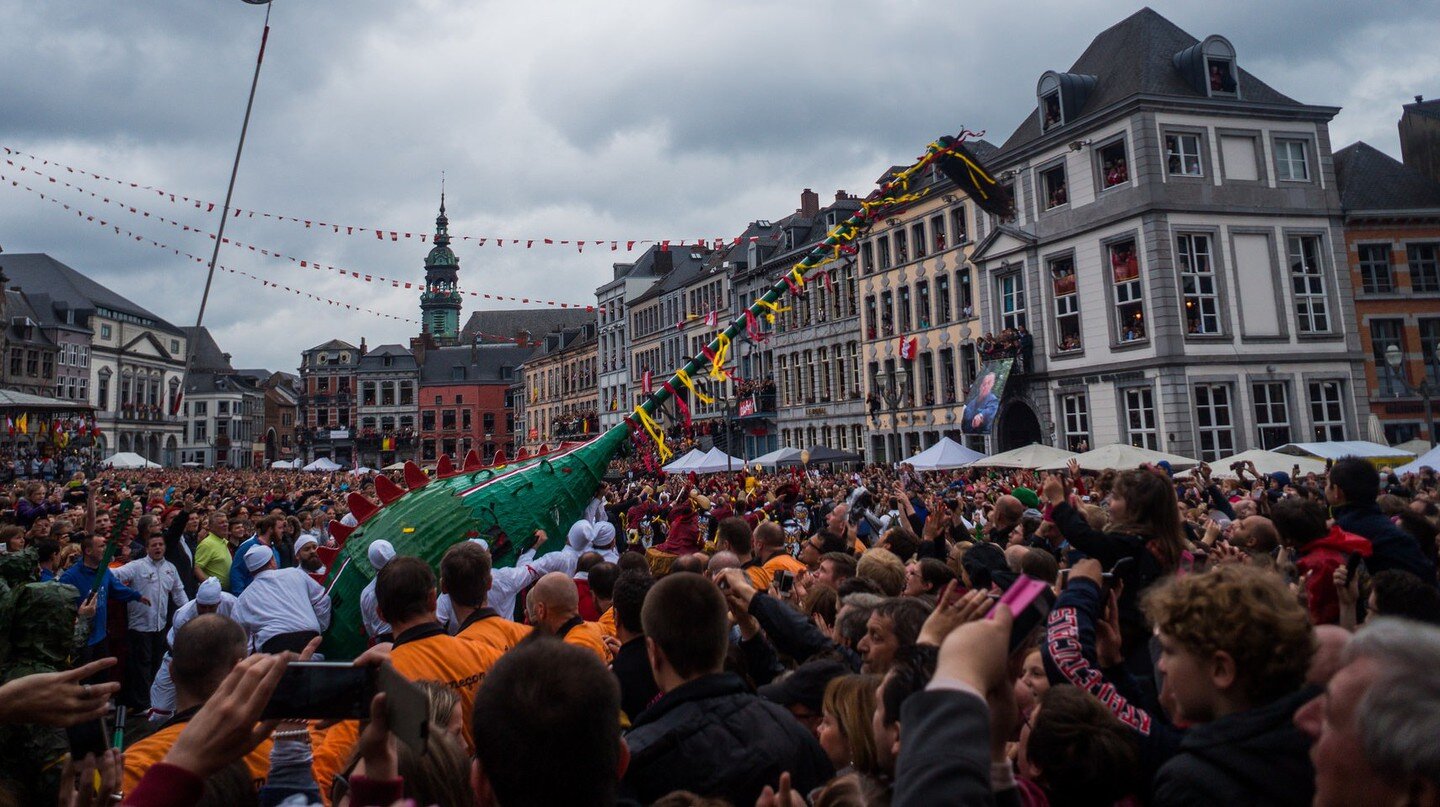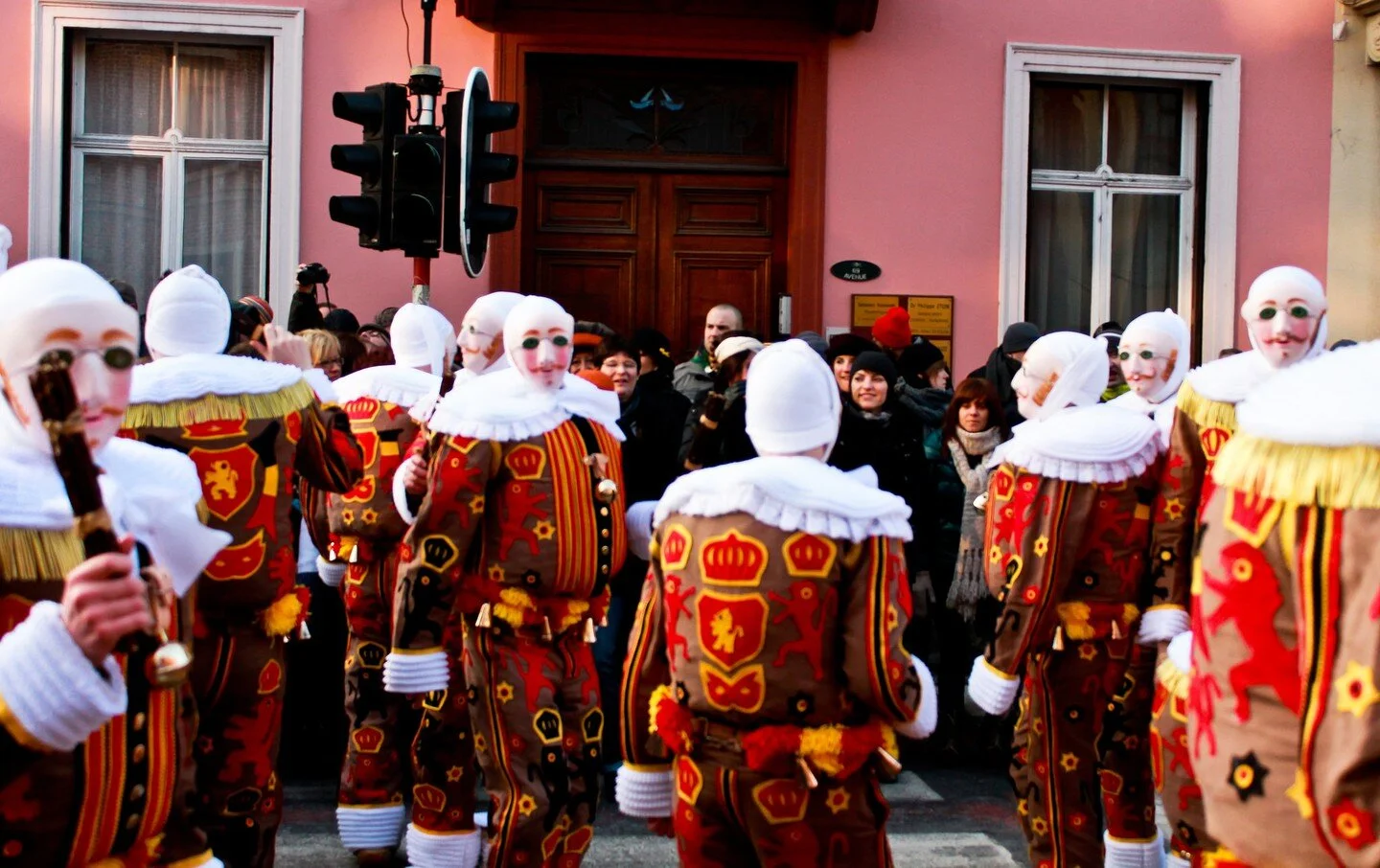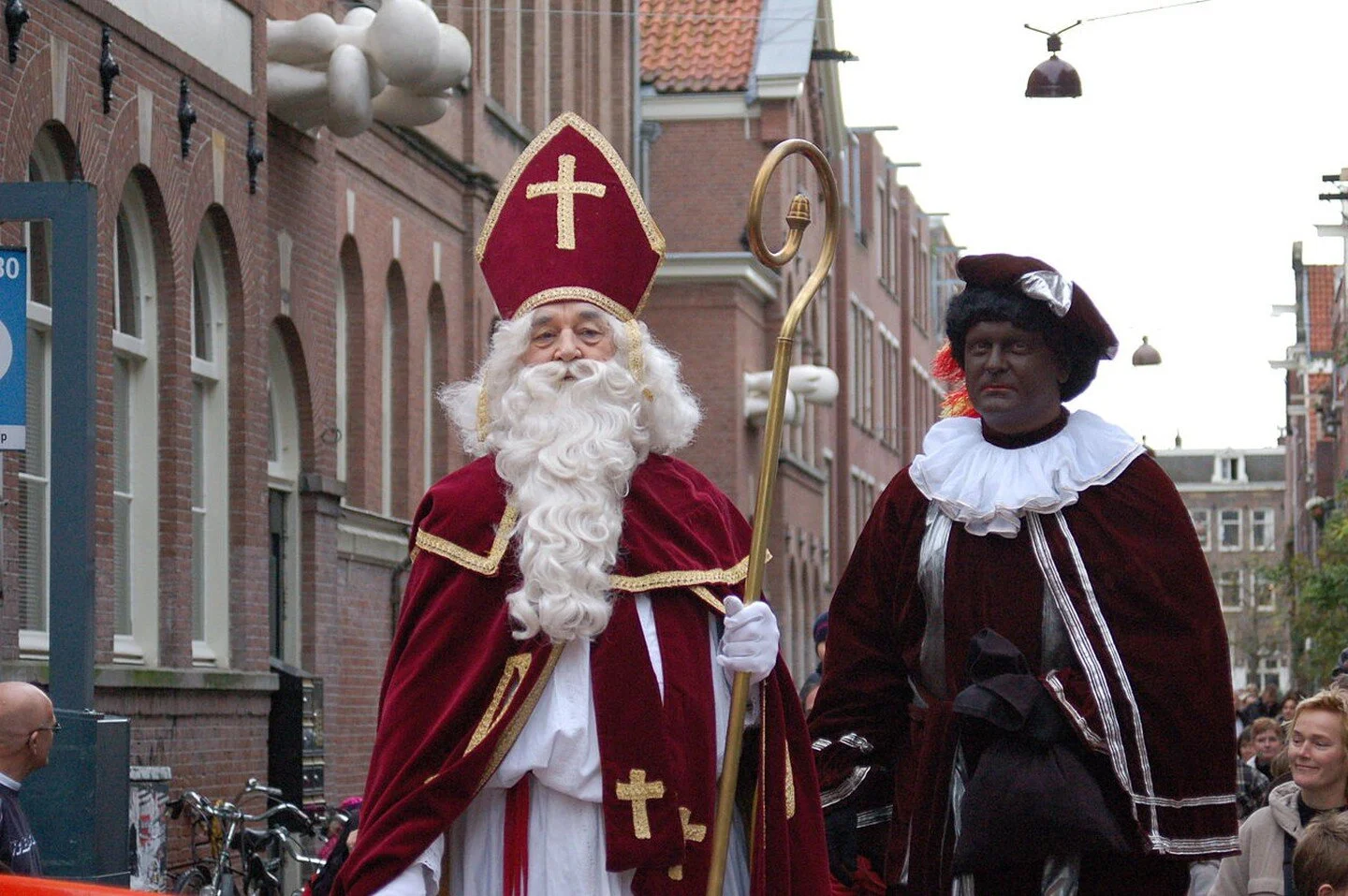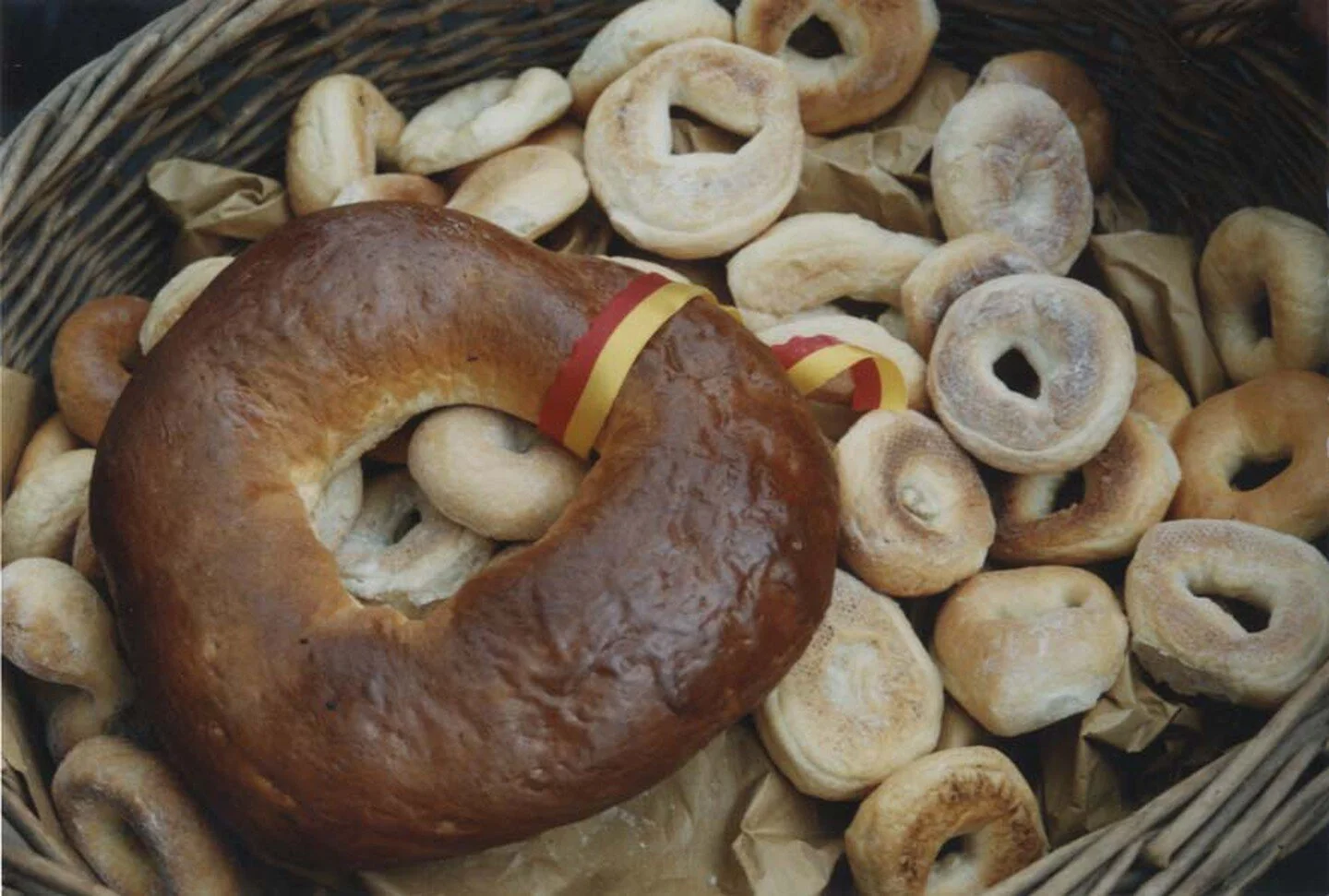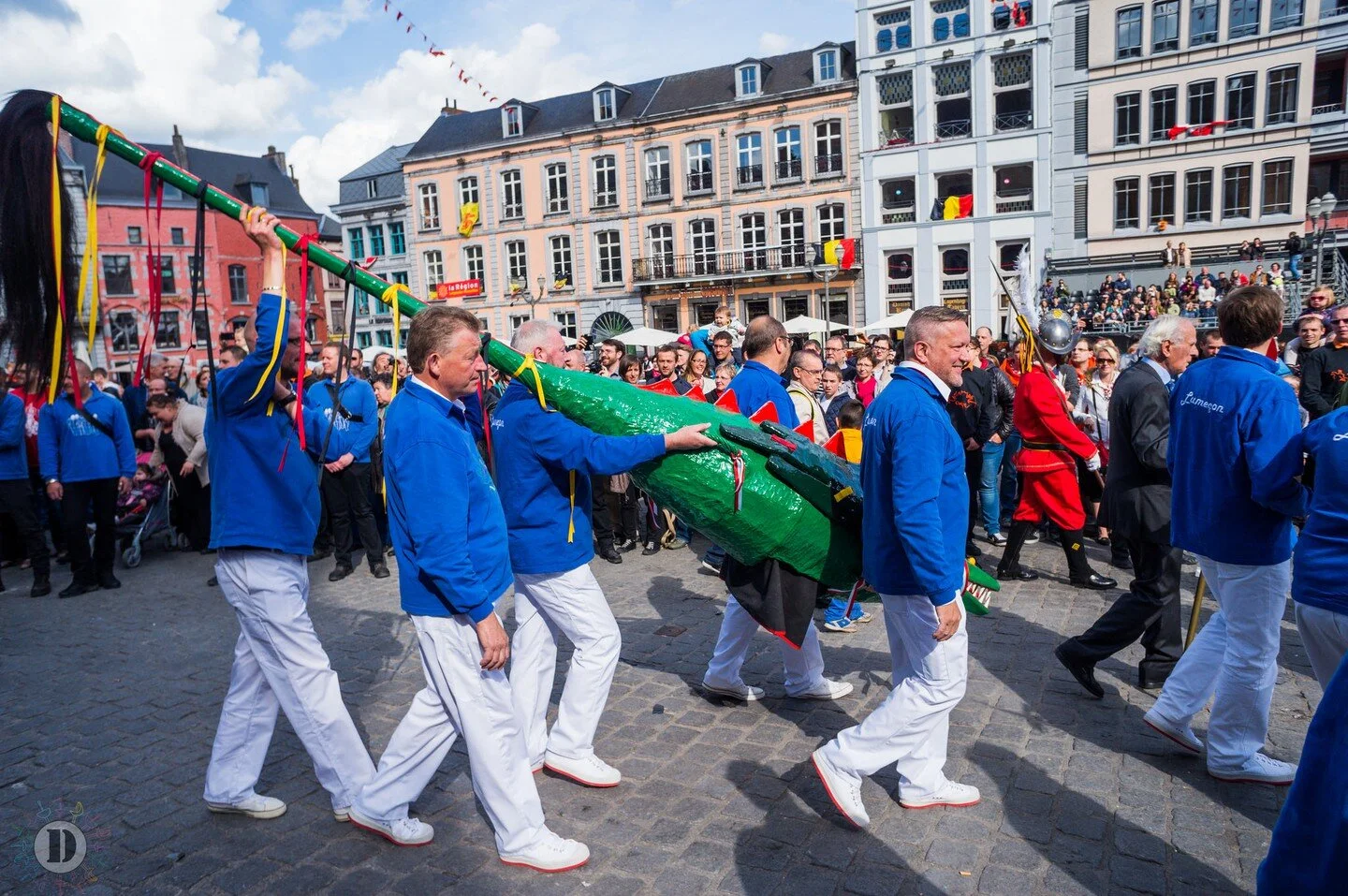Traditions Only Belgians Can Understand
When it comes to celebrations, there’s no denying that Belgium’s into some pretty weird stuff. A sucker for upholding ancient traditions, however odd they may seem, the small country has kept alive these eight unique customs.
Masked, orange-pelting figures at Carnival de Binche
Instead of pulling out floats or throwing tons of beads on Mardi Gras, the small Walloon town of Binche celebrates by trotting out bizarre figures in colorful outfits wearing wax masks and weaving bundles of willow twigs. Folkloric as can be, the tradition has been around since the 14th century. Nobody knows where the strange creatures called ‘Gilles’ come from – or why they insist on pelting the crowd with oranges – but as far as entertainment and identity-building go (the whole town works together to put on a show), this is one for the books.
Binche's 'Gilles' | © hedhoodphoto / Flickr
Saint Nicholas, a second Santa
Belgian and Dutch kids count their lucky stars for getting to greet Saint Nicholas or ‘Sinterklaas’ and his batch of presents every year before Christmas even arrives. A kind of second Santa, the good old man and his helper Black Pete visit every single house, in a single night, where kids have been good throughout the year. On the morning of December 6th, kids wake up to presents they’ve often asked for in a letter to ‘De Sint.’ While there has been some controversy brewing around the figure of Black Pete (whose face is black from all of the soot in the chimneys that he slides down to deliver presents) in the last couple of years, Sinterklaas remains a beloved Belgian tradition.
Sinterklaas and Zwarte Piet | © Michell Zappa/WikiCommons
Songs and candy on Old Year’s Day
Though it’s hard for most non-natives to wrap their heads around, Flemish kids in the regions of the Kempen and the Hageland (and a few small regions in the Netherlands) actually go trick-or-treating on Old Year’s Day. There are no ghosts or vampires involved like with American Halloween, but candy-givers do get treated to short songs wishing them a happy new year. One of the cuter (and rhyming) songs features a pig with four feet and a tail, its charm sadly lost in translation. Most kids keep at it until noon, occasionally passing home to unload some of the sweet treats and warm up with hot cocoa.
Fish wine at the Krakelingen Festival
Geraardsbergen (or Grammont), known for its hearty ‘mattentaart’ pastries, has also drawn attention for its ancient Krakelingen Festival and subsequent Tonnekes Fire. Recognized by UNESCO as Intangible World Heritage since 2010, the folkloric bread and fire feasts celebrate the end of winter by throwing 10,000 ‘krakelingen’ or ‘mastellen’ (donut-shaped pastries) into the masses from atop of the Oudenberg hill and lighting a huge fire on the summit. Before the dean, the mayor, and the city council members get to shower people with these doughy treats, however, they have to take part in a centuries-old ritual: drinking red wine out of a silver 16th-century goblet and swallowing the fish swimming in it. Animal rights activists have tried in vain to get them to switch to fishes made of marzipan, but so far, the town’s powers that be aren’t budging: they’ve sworn to uphold the slippery tradition for as long as they can.
Krakelingen from Geraardsbergen | © Jan Coppens/Wikimedia Commons
A giant omelet and clucking mascots
The one in Abbeville, Louisiana might be more famous, but the Wallonian village of Malmédy is just as proud of its Giant Omelet Festival. Every August, the members of the town’s Omelet Brotherhood don towering chefs hats, break 10,000 eggs and start frying their pride and joy in a skillet four meters in diameter. A marching band and clucking chicken mascots entertain people while they watch the cooks stir with their giant wooden spoons and wait for an omelet piece to come their way.
Roaming giants at the Ducasse of Ath
The slumbering Walloon town of Ath turns into a veritable ‘City of Giants‘ each year during the fourth weekend in August. For centuries, Goliath and his fresh-faced bride, the long-haired Samson, the mythical horse Bayard, and other oversized dolls have been taking over, drawing thousands of folklore lovers as they get married, get into biblical brawls, and generally parade around like they own the place.
Mr and Mrs Goliath | © Daniel Leclercq/WikiCommons
Catching the dragon’s tail at the Ducasse of Mons
‘La Doudou’ is what Mons locals lovingly call their most famous festival. It still celebrates that time in the 14th century when a desperate procession of the remains of miracle worker St. Waudru magically worked in getting rid of the plague. To this day, the relic is paraded around on the Cart d’Or, an ornate, horse-pulled buggy, on Trinity Sunday, and the crowd has to jump in and help the animals get the gilded thing up a serious slope; if they don’t succeed, legend has it that the city could suffer terrible consequences. Once on the main square, the ‘Lumeçon’ can commence. During this fierce fight between St. George and his horse versus a large wickerwork dragon, members from the audience jump forward to grab one of the horse hairs attached to the creature’s tail. The battle is a boisterous affair, and participating audience members often operate on a little liquid courage.
Mons' wicker dragon being carried to the fight | © David Taquin/Flickr
The meyboom vendetta between Brussels and Leuven
Every single August 9th, a ‘tree of joy’ or ‘meyboom’ must be planted in Brussels before the clock strikes 5pm. If not, it would be a surrender to the people of Leuven, a shame too great to bear – at least according to the Brusselaars. The ritual of the maypole stretches back all the way to the early 13th century when the people of Brussels claim that they were celebrating a wedding when they fought off an attack from the Leuvenaars and planted a beautiful young beech to celebrate. The Leuvenaars, on the other hand, remember quite acutely that they stole the true maypole from Brussels in 1974, so it was never up by 5pm that year. They too have been planting their ‘one and only true maypole’ with a big folk feast ever since.


